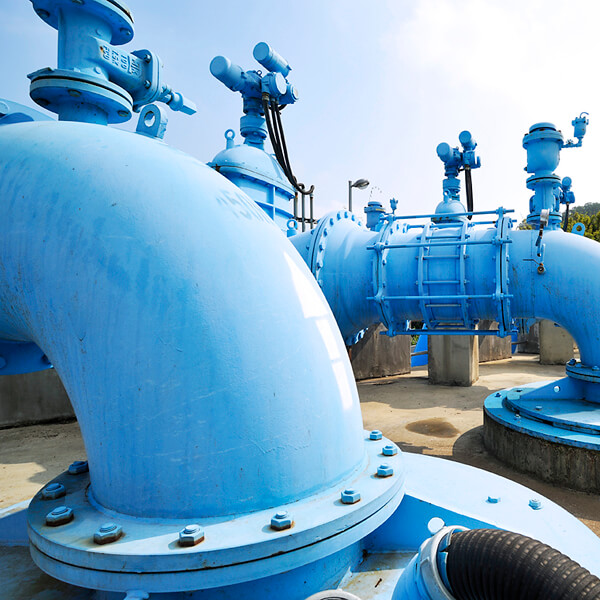According to statistical data, an average person in the city uses 200 to 400 liters of water a day for showering, flushing the toilet, washing clothes, cleaning dishes, and watering plants. Wastewater generated by these activities will end up in the same place: the water treatment plant.
Not surprisingly, water is the main component (99%) of sewage. Others include manure, chemicals, and small substances. It is the main duty of treatment plants to remove these impurities before discharging the effluent into the sea through underground drainage. Sludge filtered out from the sewage will undergo anaerobic digestion in the settling basin. During this process, microorganisms will break down biodegradable materials, releasing methane, a gas that can be used to generate electricity. Even residue is not wasted! Rich in nutrients, it can be turned into organic soil for growing plants.

